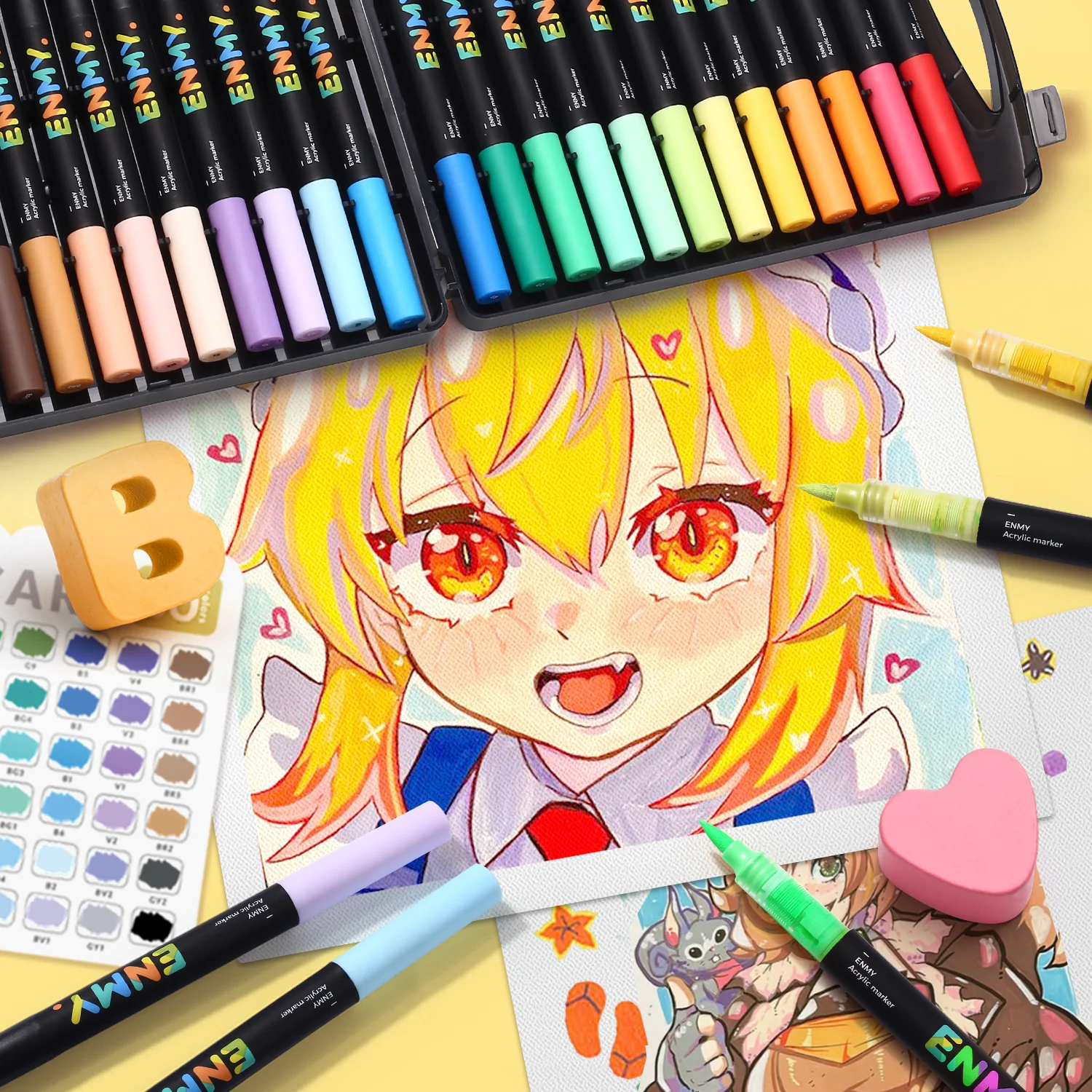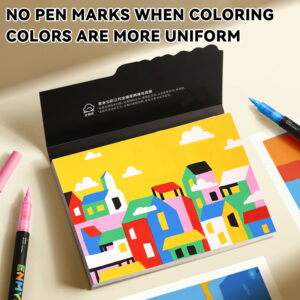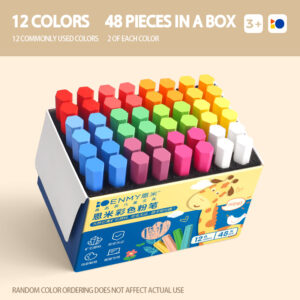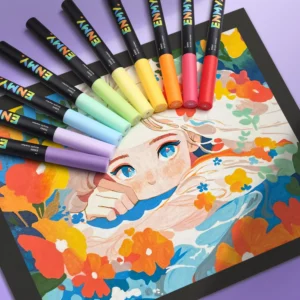When a colored pencil draws the first arc on paper, every child is creating their own little world. In fact, drawing is like playing a game. You don’t need complicated skills. As long as you master a few little tricks, your paintings will become more interesting – try these magic-like tips!
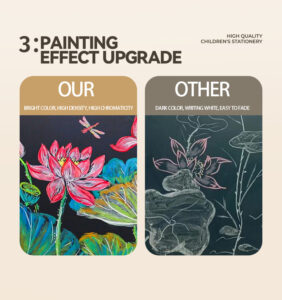
Discover Secrets with “Observation Games”
Be a “little detective” before drawing, and you will find the drawing codes hidden in life. For example, when drawing a kitten, don’t rush to start. First, look at the cat at home: are its ears triangular or round? Do its eyes turn into a line in bright places, or are they as round as emeralds? Keep these discoveries in mind, and the painted kitten will look like it’s really blinking.
When drawing flowers, you can put a small daisy on the table, count how many petals it has, and see if they are lined up around the yellow circle in the middle. You can also touch it while observing: are the petals smooth or a little furry? Draw these feelings into the lines, and the petals will become soft, as if they will move when touched. Remember, the best painting is not copied from textbooks, but the special appearance you see with your own eyes.
Let Lines “Dance”
Don’t be afraid of drawing crooked lines – those twisted lines are actually dancing! When drawing grass, use a green pencil to draw short lines gently like jumping, some high and some low, just like the grass on the lawn swaying in the wind; when drawing a small river, let the blue lines turn around slowly, curving like bubbles blown by small fish, and the river will look like it’s flowing 哗啦啦.
If you want to draw a running dog, try using “fast lines” and “slow lines”: use straight and fast lines for the dog’s legs, as if it can jump up at once; use curved and slow lines for the tail, as if it’s still swinging left and right. When lines have speed, the small animals in the painting will come alive and move!
The Little Magic of Color “Changes”
Crayons and watercolor pens are actually elves that can transform. When red and yellow hug each other, they can become sweet orange (like orange-flavored candy); when blue and yellow hold hands, they will turn into tender green (like newly sprouted small leaves). Try to let red slowly turn into yellow next to it when drawing the sun, and the sun will have a warm halo, as if it can make people feel ticklish when sunbathing.
When coloring, don’t color outside the outline – you can first “walk” along the lines slowly, just like building a fence around a small house, and then fill the inside slowly. If you want to draw a lawn, don’t use only one kind of green. The dark green part can be drawn as small grass clumps, and the light green part is like newly grown buds. Such a lawn will be like a fluffy carpet.
“Tell Stories” to the Painting
Every child who draws is a little writer, and there are many stories hidden in the paintings. When drawing a little rabbit, think about where it is going: is it carrying a basket to pick mushrooms? Or carrying a schoolbag to go to school? Add a small basket to it, and draw a few red dots in the basket (that’s a strawberry), and people who see the painting will guess: “This rabbit is going to have a picnic in the forest!”
When drawing a rainy day, what else can you draw besides raindrops? A child holding a colorful umbrella, with a small snail hiding under the umbrella, and raindrops falling on the umbrella turning into little stars – such a painting is like saying: “There are fun things on rainy days too!” Remember, the more small things in the painting, the more lively the story is, just like inviting many little guests to a party.
The Little Magic of Not Being Afraid of “Mistakes”
If you accidentally draw a wrong stroke, don’t rush to erase it – sometimes the “wrong” part will become a surprise! For example, if you want to draw a round sun but end up with a flat ellipse, add a curved mouth to it and turn it into a smiling moon; if you draw an extra wing when drawing a bird, it doesn’t matter, just treat it as a little angel learning to fly with a pair of magic wings.
Drawing is like building blocks. Sometimes a crooked house is even more lovely. Treat the drawing paper as your playground, draw boldly and color happily, because the most precious painting is the one with your laughter.
Next time you pick up a brush, remember these tips: be a detective to observe first, let lines dance, make colors change, tell stories to the painting, and be friends with the “wrong” lines. In this way, your painting will be full of sunshine, laughter and many wonderful little secrets – because every child is a born little artist, and your brush holds the most special magic in the world!

